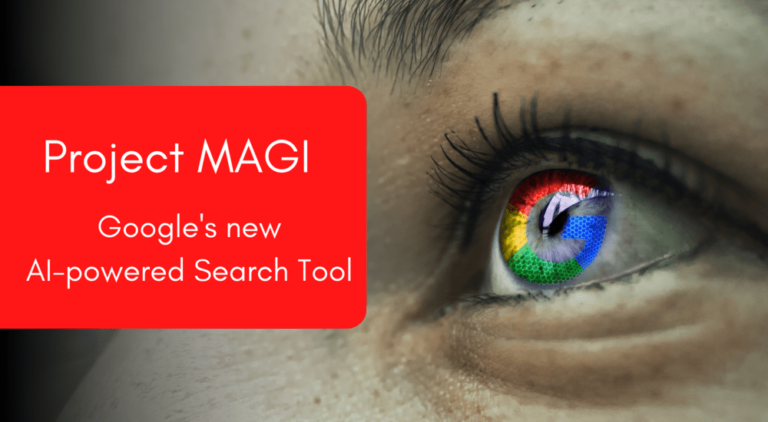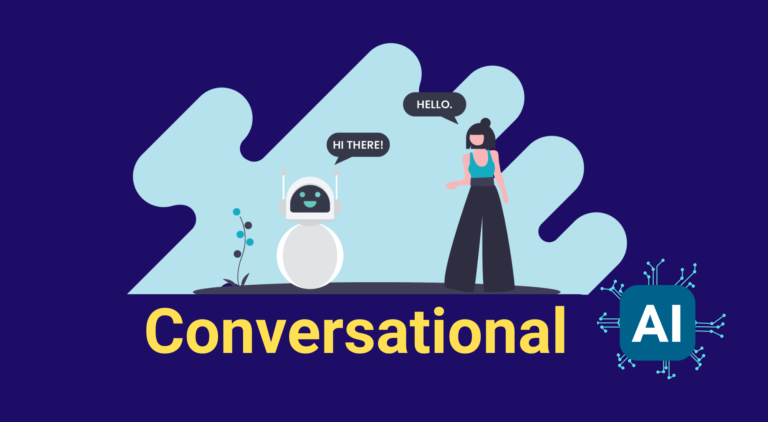Table of Contents
If you are interested in artificial intelligence, you may have heard of large language models, such as GPT-3 or BERT, that can understand and generate natural language. But what if there was a model that could do more than just language? What if there was a model that could also understand and generate images, videos, and speech? That is the vision behind Microsoft Kosmos 2, a multimodal large language model that aims to ground language to the world and achieve general AI.
What is Microsoft Kosmos 2?
Kosmos 2 is a state-of-the-art AI model that has been trained on a massive corpus of multimodal data, including text, images, videos, and speech. It can perform various tasks across different modalities, such as perceiving object descriptions, following instructions, performing in-context learning, and grounding text to the visual world.
One of the key features of Kosmos 2 is its ability to represent refer expressions as links in Markdown, i.e., “ (bounding boxes)”, where object descriptions are sequences of location tokens. This allows the model to perceive and generate spatial information in a natural way. For example, given an image of a dog and a cat, Kosmos 2 can generate a sentence like “The dog (0.1 0.2 0.3 0.4) is chasing the cat (0.5 0.6 0.7 0.8)’, where the numbers indicate the coordinates of the bounding boxes around the animals.
Another key feature of Kosmos 2 is its ability to ground text to the visual world, which means it can understand and generate text that refers to specific objects or regions in an image or a video. For example, given an image of a street scene and a query like “What color is the car behind the bus?”, Kosmos 2 can answer “The car behind the bus (0.9 0.1 0.8 0.3) is red”, where the numbers indicate the location of the car in the image.
Also Read :: Microsoft’s Surface And AI Event Announcements 2023
How is Kosmos 2 trained?
Kosmos 2 is trained on a large-scale dataset called GRIT (Grounded Image-Text), which consists of millions of grounded image-text pairs collected from various sources, such as Wikipedia, Flickr, YouTube, and Reddit. GRIT covers diverse topics and domains, such as animals, sports, celebrities, memes, and news. GRIT also includes annotations for object descriptions and phrase grounding, which enable Kosmos 2 to learn how to perceive and refer to spatial information.
Kosmos 2 is based on the Transformer architecture, which is widely used for natural language processing and computer vision. It uses self-attention mechanisms to learn the relationships between different modalities and tokens. It also uses pre-training and fine-tuning techniques to adapt to different tasks and domains.
What can Kosmos 2 do?
Kosmos 2 can perform a wide range of tasks across different modalities, such as:
– Multimodal grounding: It can comprehend referring expressions and ground phrases to regions in images or videos.
– Multimodal referring: It can generate referring expressions that describe objects or regions in images or videos.
– Perception-language tasks: It can answer questions, caption images or videos, summarize stories, or generate stories based on images or videos.
– Language understanding and generation: It can perform natural language tasks such as sentiment analysis, text classification, machine translation, text summarization, or text generation.
Kosmos 2 can also interact with users in a natural and engaging way. It can chat about images or videos like we do, creating a more intuitive and interactive experience. It can also follow instructions from users, such as drawing an image or playing a game.
What is Multimodal Grounding?
Among KOSMOS-2’s unique capabilities is its “multimodal grounding” capability. It may therefore produce captions for photos that explain the objects and their placement in the picture. This significantly increases the accuracy and dependability of the model by lowering “hallucinations,” a major problem with language models.
By using distinctive tokens to link words to objects in photos, this idea essentially “grounds” the items in their visual surroundings. This lessens hallucinations and improves the model’s capacity to produce precise captions for images.
Why is Kosmos 2 important?
Kosmos 2 is an important milestone in the field of artificial intelligence. It not only improves how we interact with AI but also takes multimodal AI technology to a new level. By grounding language models to the world, Kosmos 2 enables new capabilities of perceiving and generating multimodal information that is closer to human intelligence.
Kosmos 2 also lays out the foundation for the development of Embodiment AI, which is the ultimate goal of artificial intelligence. Embodiment AI refers to AI systems that can perceive, act, learn, and communicate in complex environments as humans do. By integrating language, multimodal perception, action, and world modeling, Kosmos 2 is a key step toward achieving artificial general intelligence.








One Comment
Comments are closed.